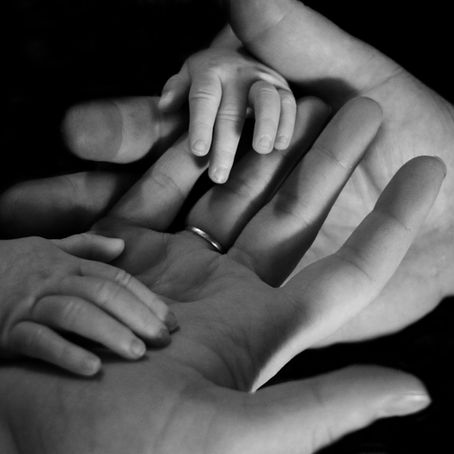top of page
Client Journeys
Stories of Healing and Transformation
Through my work as The Muslim Counsellor, I’ve seen how each journey toward healing is deeply personal — yet every story reflects the universal strength of the human spirit and the mercy of Allah.
This page shares some of the experiences of individuals, couples, and families who found clarity, healing, and renewed connection through counselling grounded in faith, compassion, and understanding.
Each case study highlights different paths of growth, offering hope and inspiration for those just beginning their own journey.
(Please note: Details have been anonymized to protect client confidentiality.)
bottom of page







